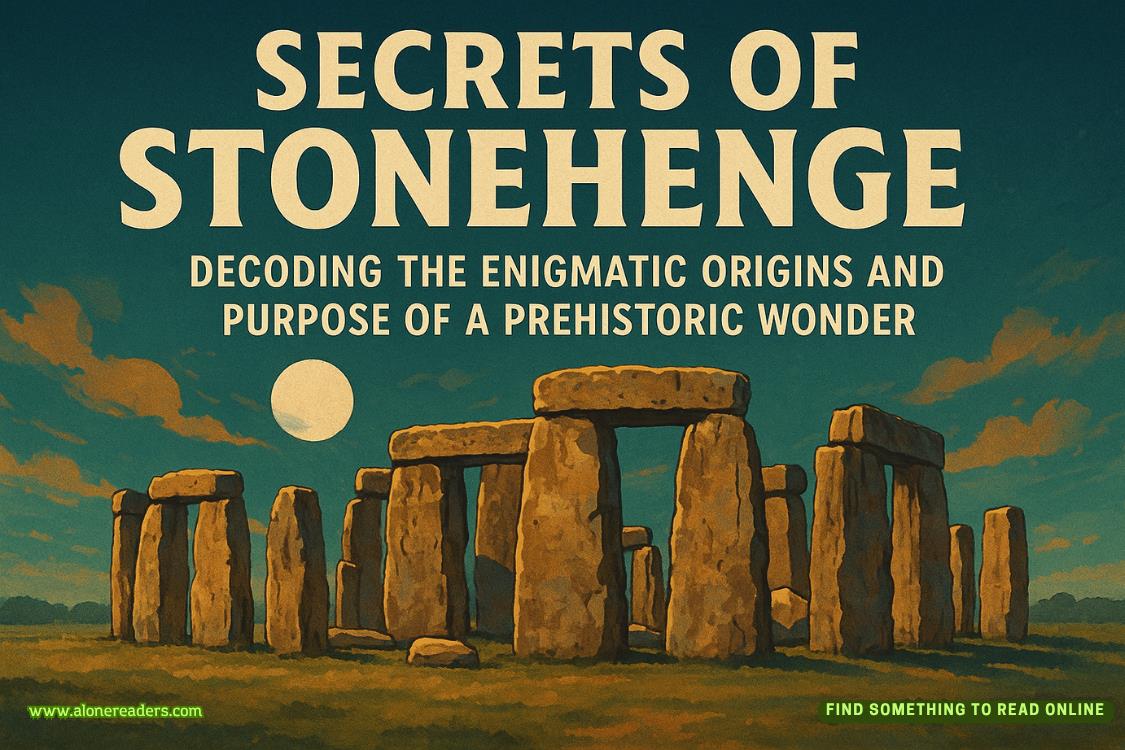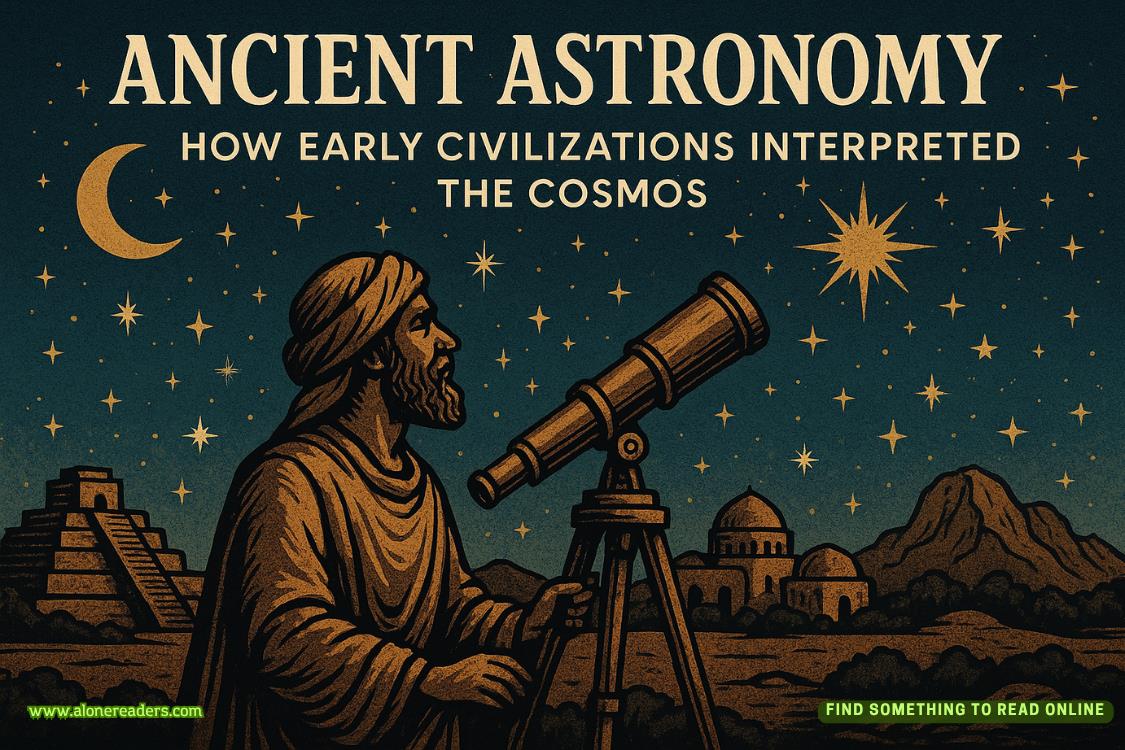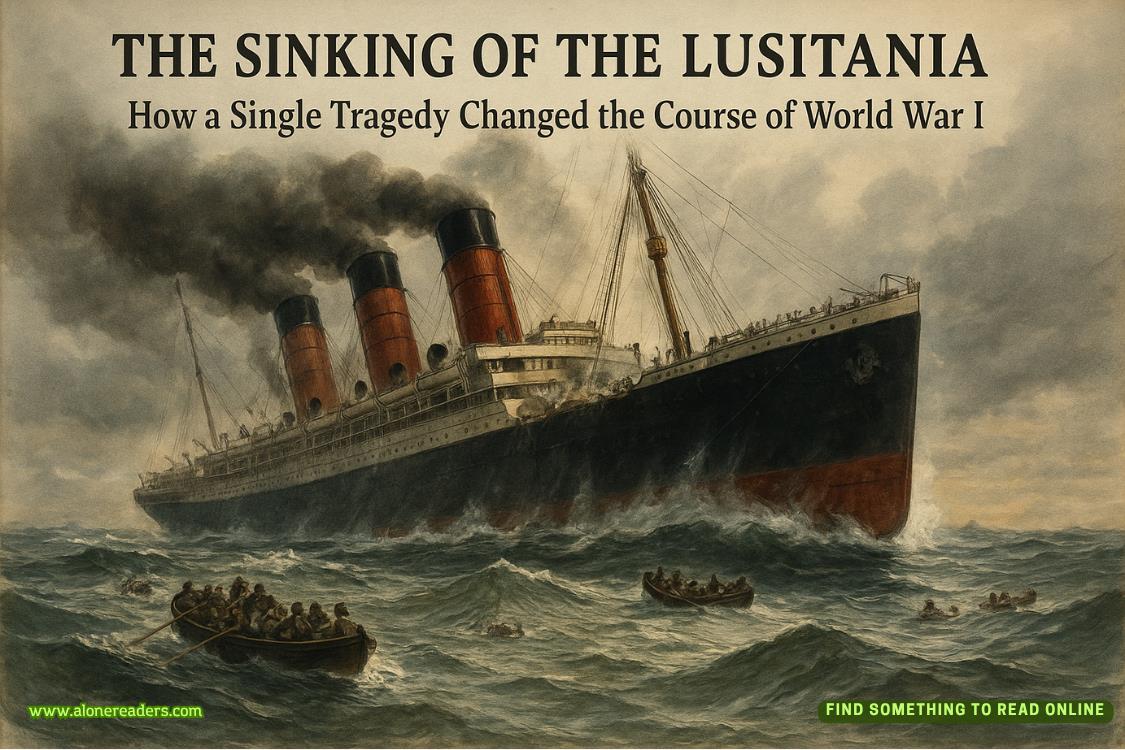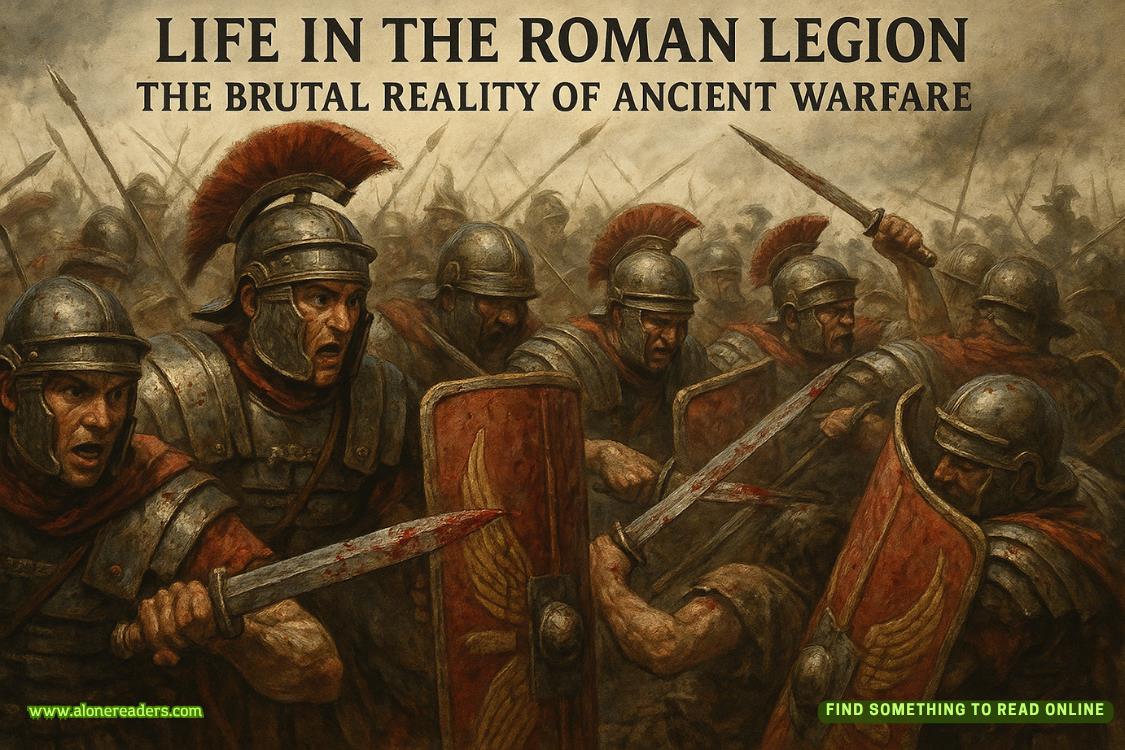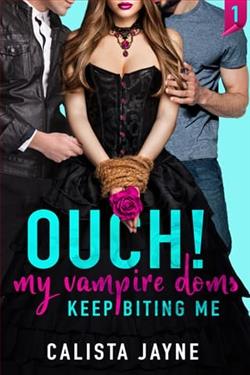Page 30 of DATE
"You’d better not speak of this too casually," she whispered, "since there's no evidence."
Upon hearing her advice, Da Vinci showed a slight hint of disappointment but still wanted to continue.
"I often wonder, why do things fall to the ground when you let them go? Why doesn’t the moon shine during the day?" He pulled out a roll of his manuscript and thoughtfully said, "If these things could be figured out, maybe everything else could slowly be solved as well."
Hedy almost thought he was a time traveler himself. She tapped the wooden board with the Red Sea painted on it and said, "You’d better finish the painting first. The egg tempera will dry soon."
"Ah? Right, almost forgot..."
Hedy finished cleaning the kitchen and decided to go back to her room to rest.
As usual, she checked if anything had been moved in the room and then went to look at the glass dish in the corner of the wall.
On the small orange peel, a large patch of white-green mold had already spread across.
This is—
Hedy stood frozen for a moment, covering her mouth, unsure of what to do next.
The orange peel had indeed developed a large patch of mold, but what should she do now?
As someone who was half Austrian and half American, Hedy's life history was quite closely linked to penicillin.
She was born in 1914, and at the age of 20, she fled to Britain alone, then later chose to move to the United States to pursue her career.
At 24, a young Jewish refugee also escaped to Britain. He discovered outdated research papers on penicillin and began collaborating with scientist Chain to study its cultivation and purification process.
By 1940, after completing toxicology tests, the two sought help in the United States to mass-produce the antibiotic.
By the time Hedy turned 30, the technique had been widely used in the U.S., and the issue of infected wounds during the war could finally be addressed at an incredibly low cost.
But the problem now was, first, she couldn’t confirm whether the colony contained penicillin, and second, without knowing if it even existed, she couldn’t extract it.
Hedy had spent many years in the U.S. and read many reports in the newspapers, knowing that the substance had originally been found in mold on orange peels.
She tried to recall whatever little biological knowledge she had and wondered what the next step should be.
Since penicillin was known to treat infected wounds, it would be effective against Staphylococcus aureus.
If she could prepare a proper culture medium and run an experiment to quickly confirm it, it should make things much easier.
After thinking for a long time, she decided to get a good night’s sleep.
After all, tomorrow she’d be able to eat meat.
The next morning, Da Vinci took her to the butcher's shop.
The butchers were busy at work, and fresh meat and offal were displayed in front of the shop.
Farmers and lower-class people in Florence only had fish to eat, and how often they could have meat depended entirely on luck.
The upper-class nobles, on the other hand, preferred foods like swans, turkeys, and rabbits. A single feast would waste enough exquisite delicacies to feed an entire village.
Additionally, beef had been steadily rising in status.
In the Middle Ages, beef was considered a low-quality food reserved for the lower classes.
But now, the right to slaughter calves was viewed as a symbol of wealth and prestige, and nobles had a particular fondness for tender beef.
